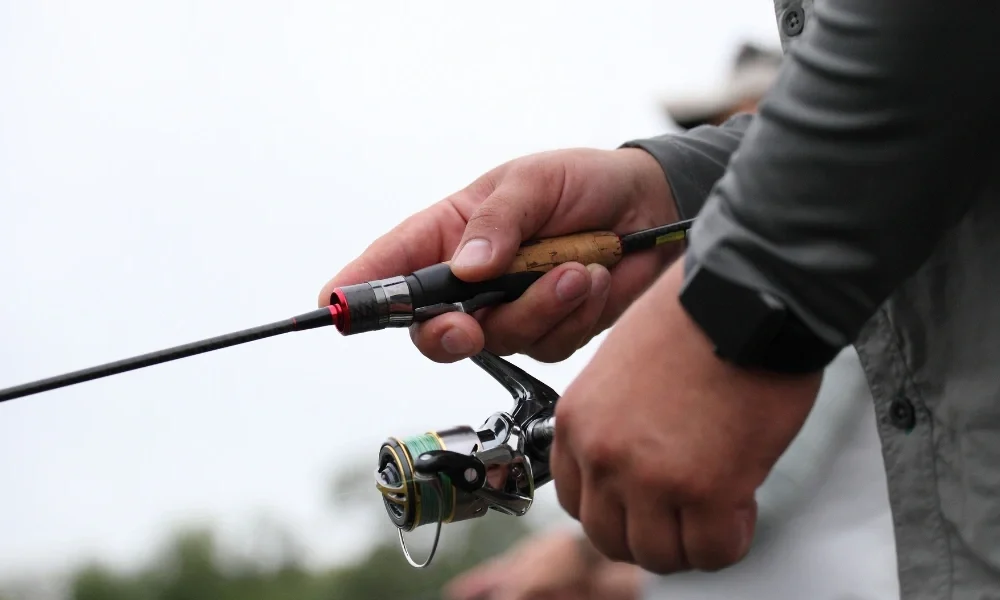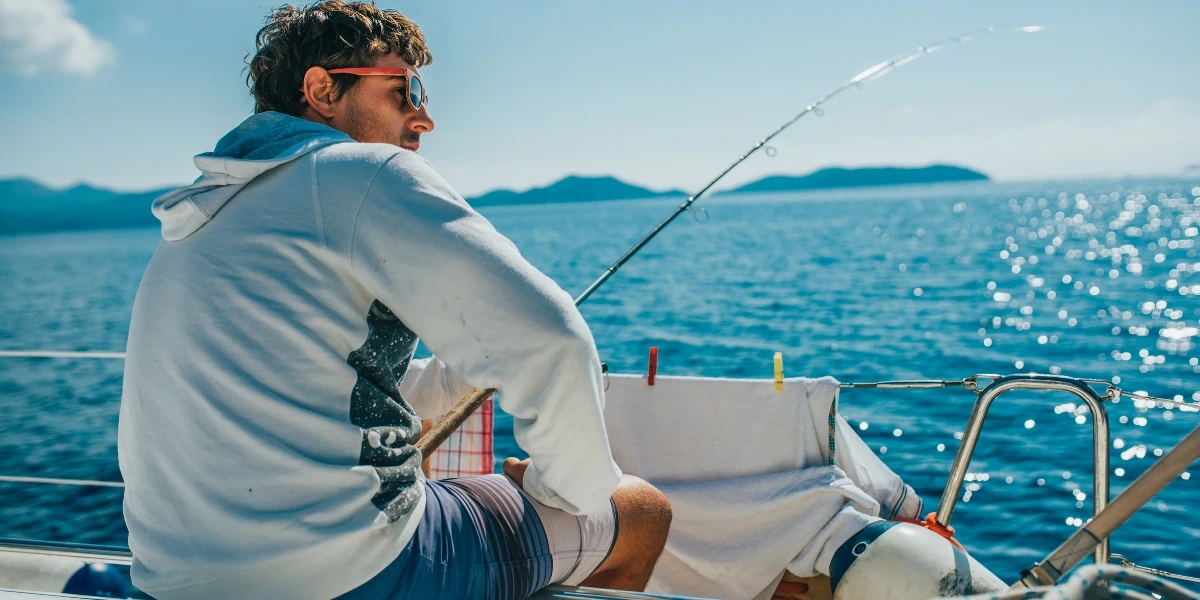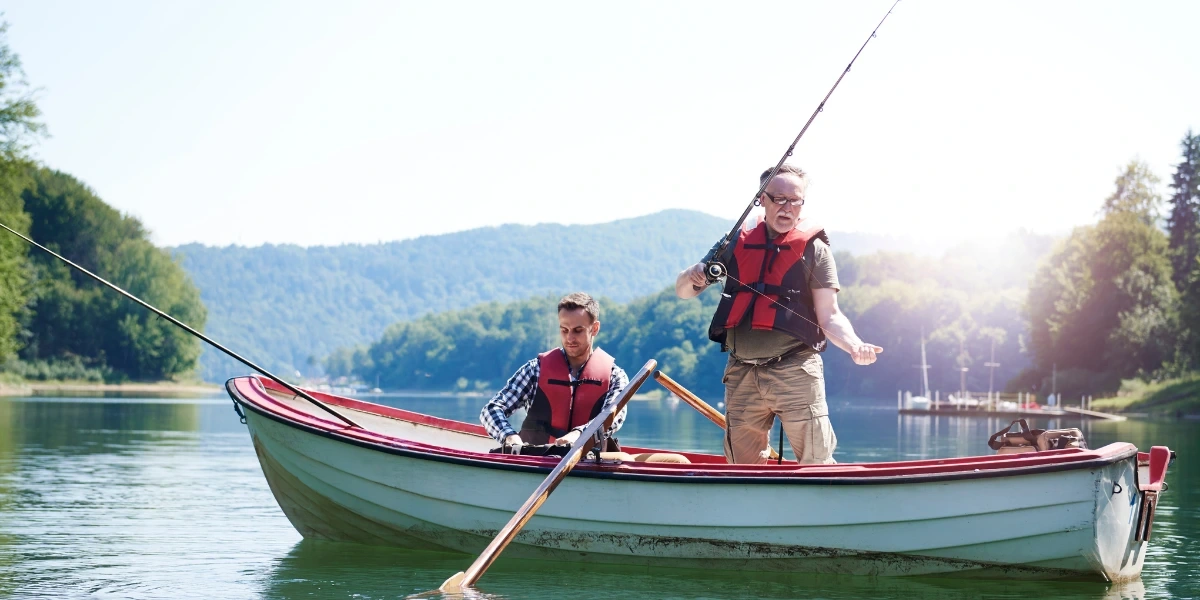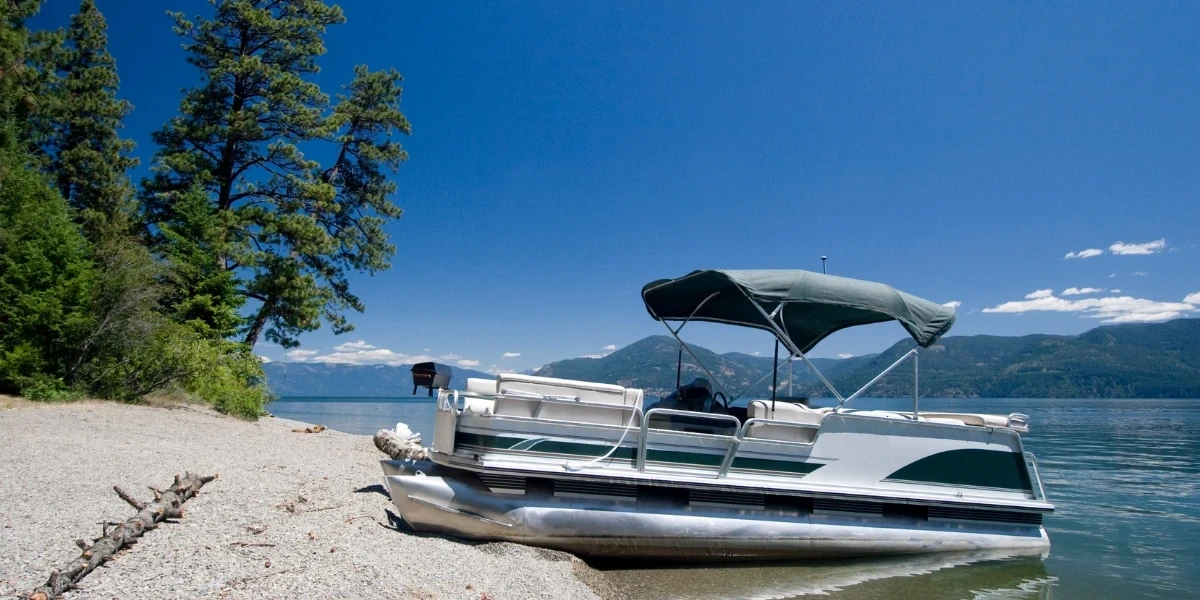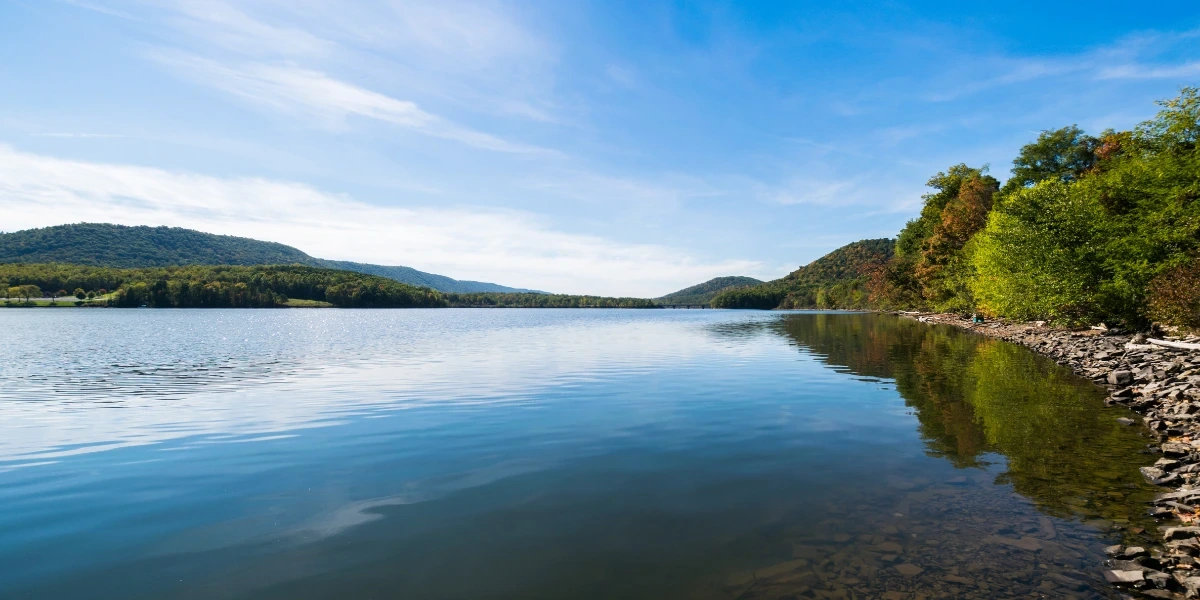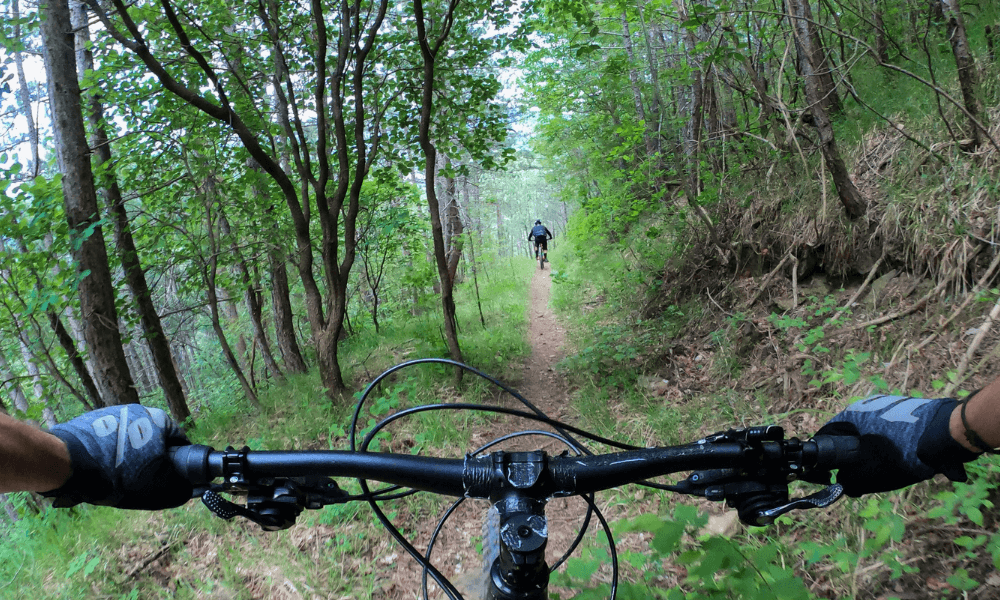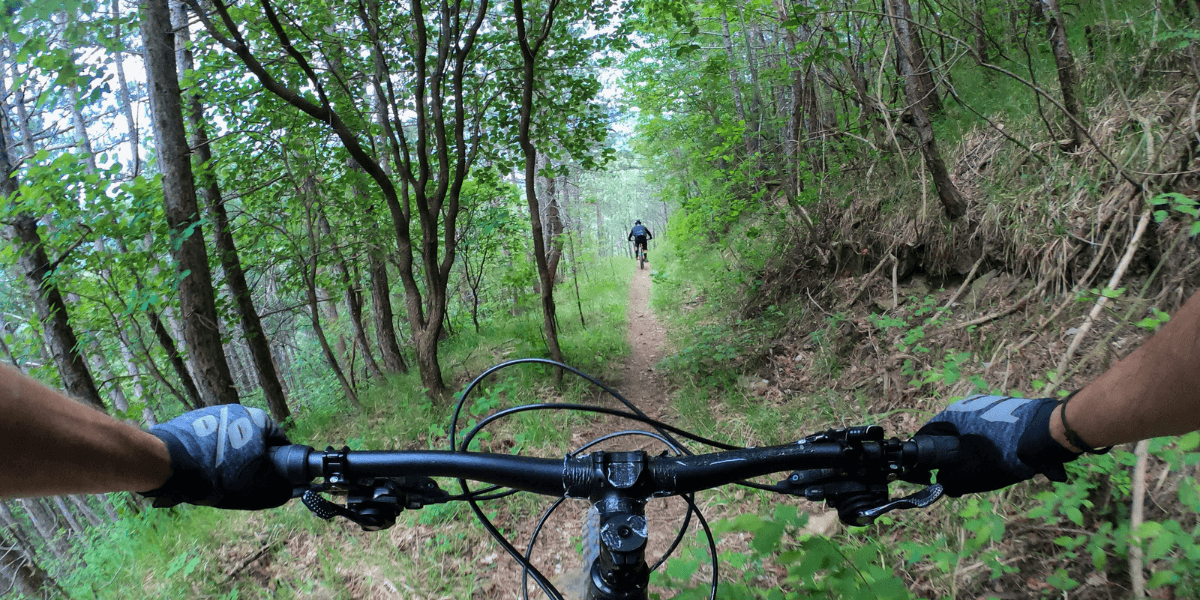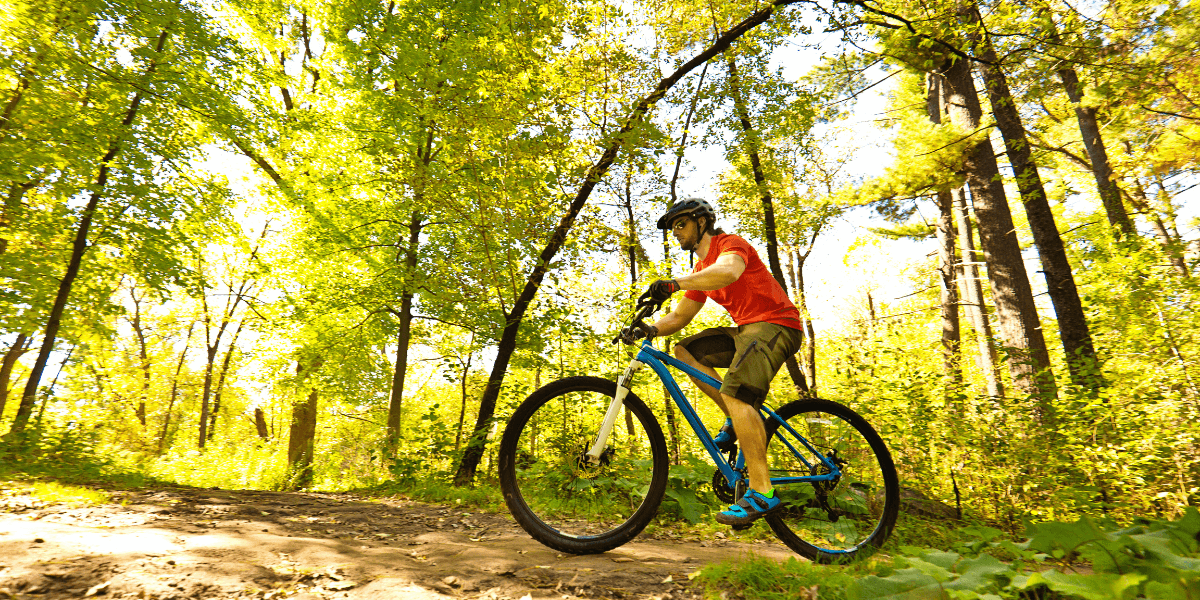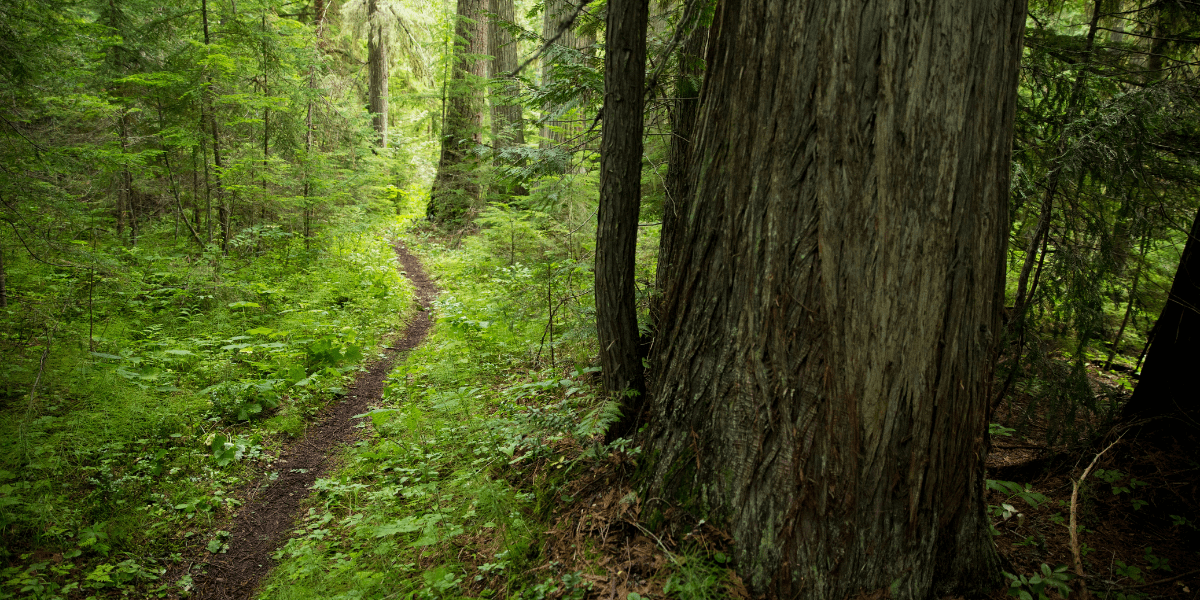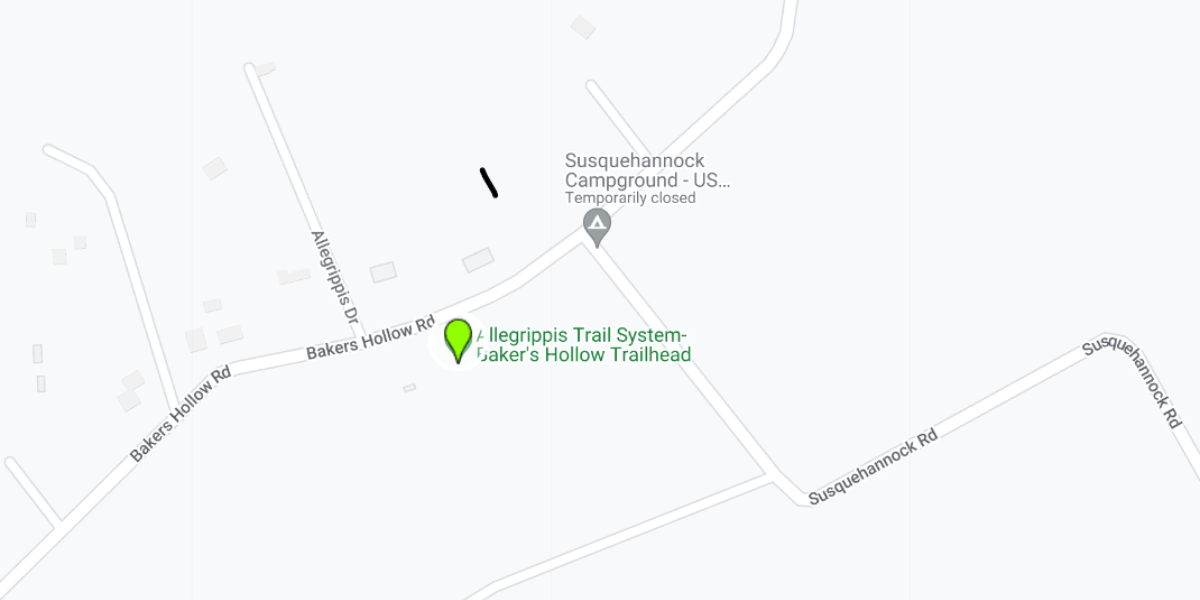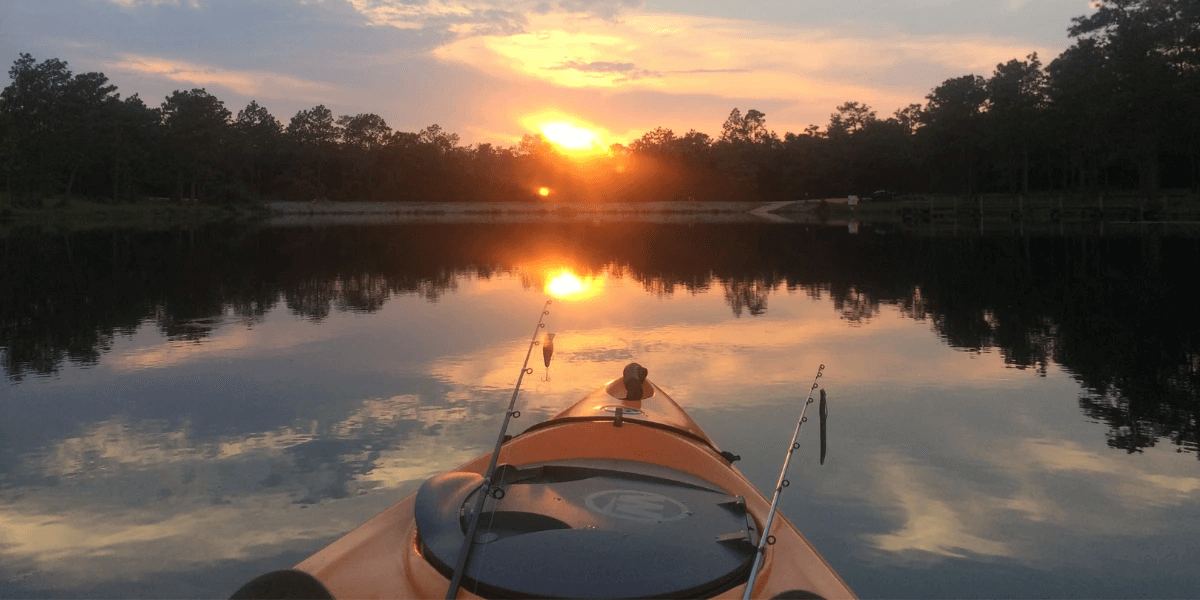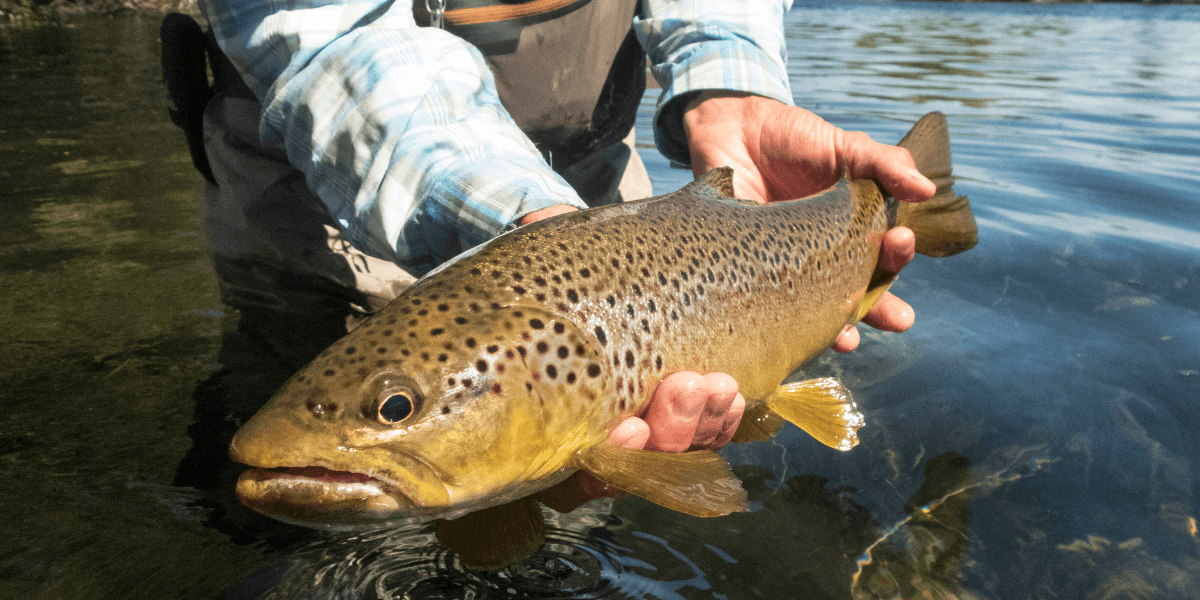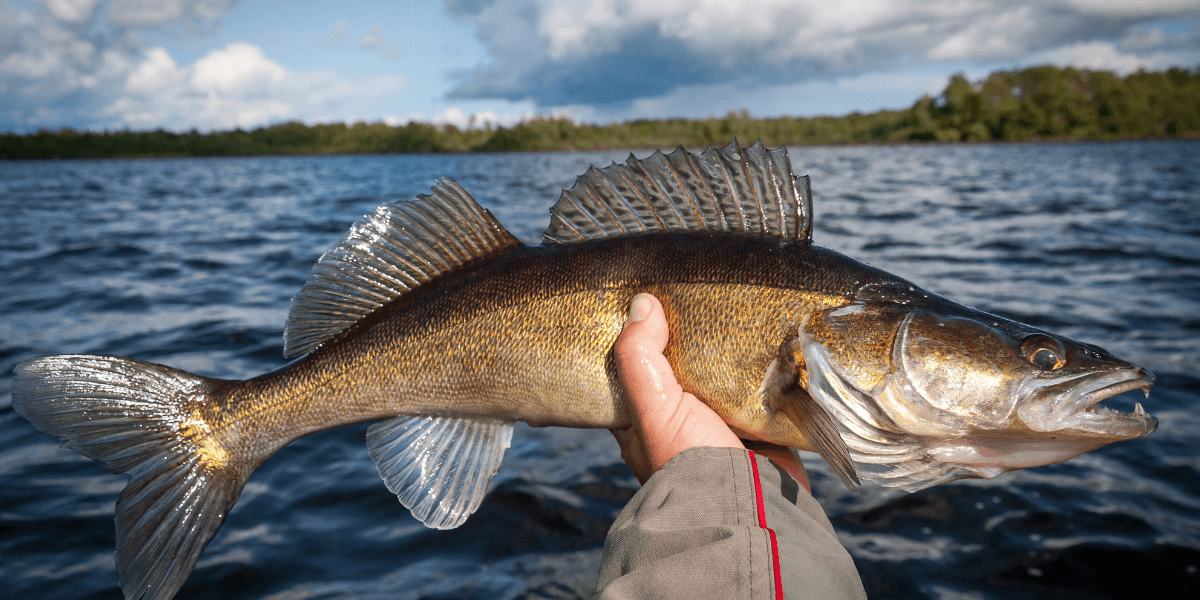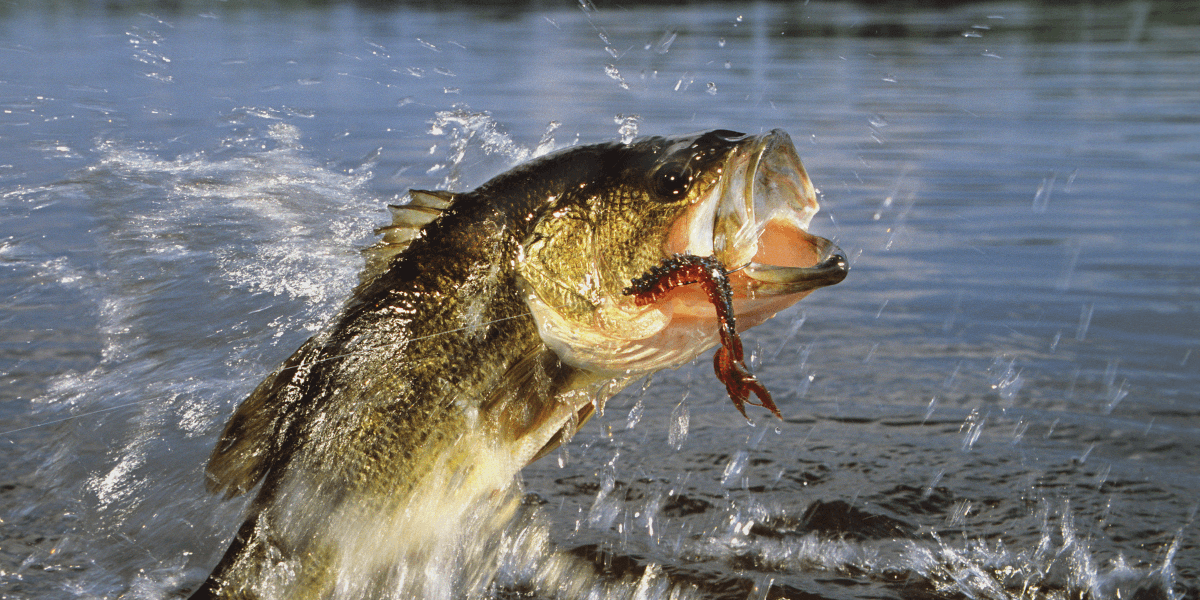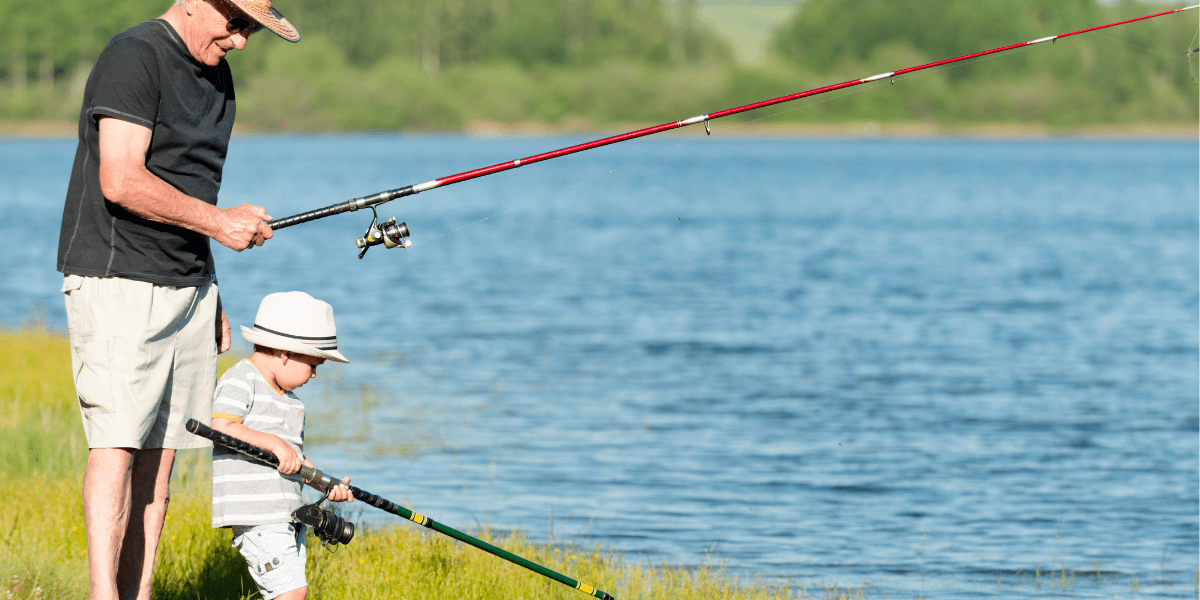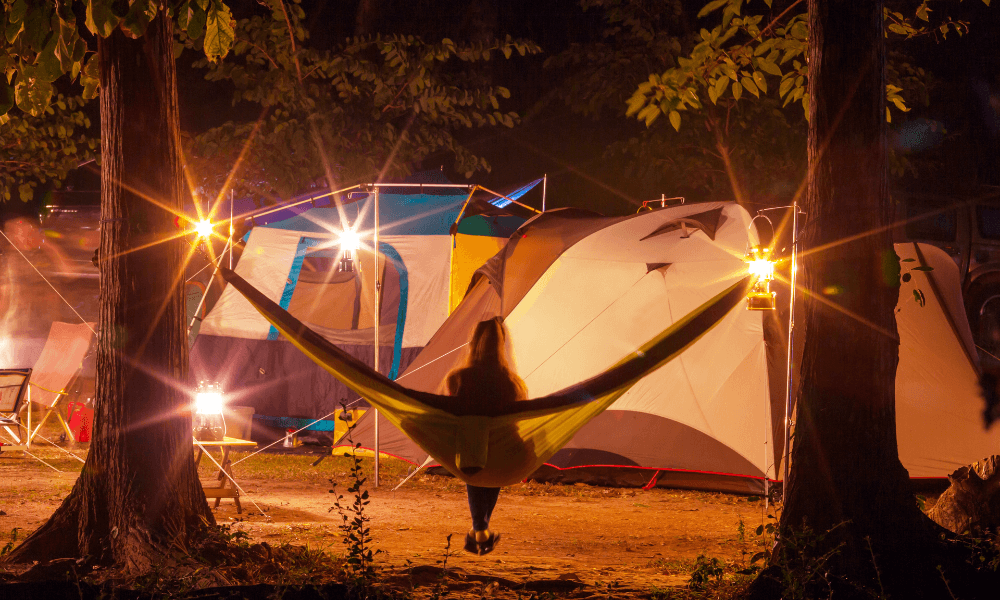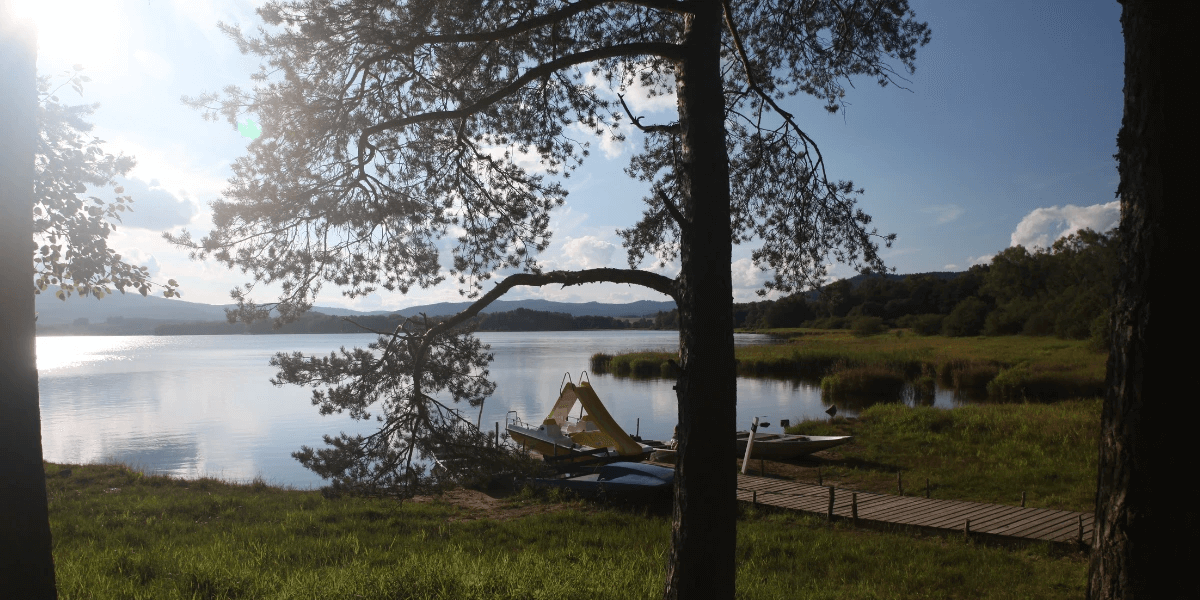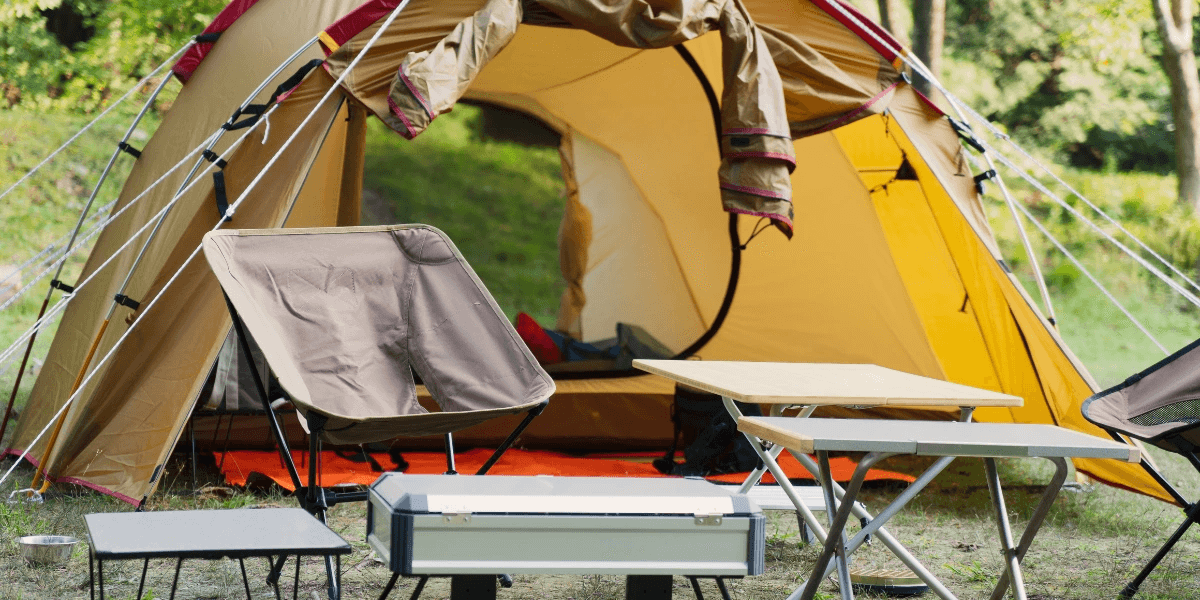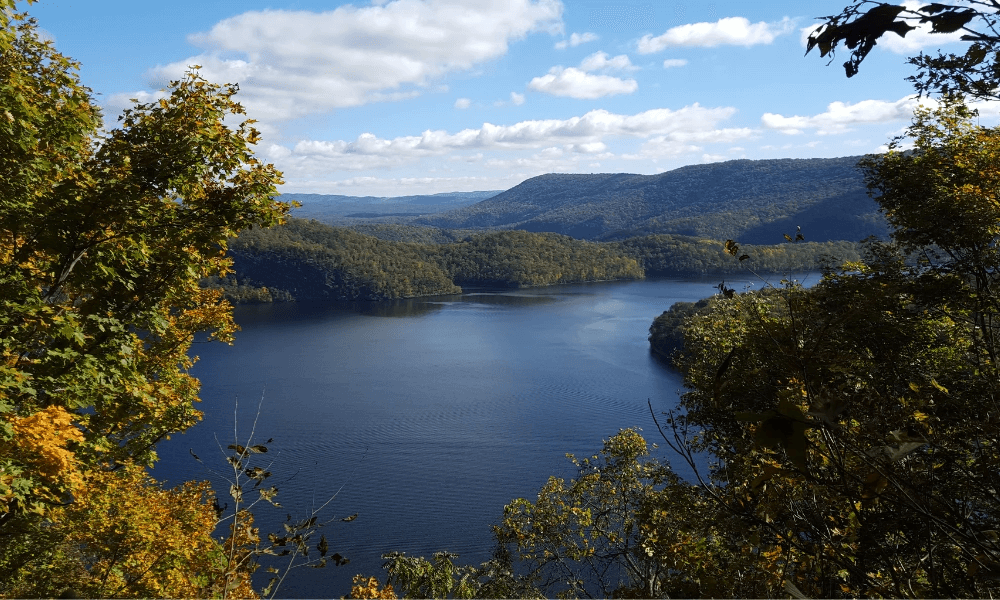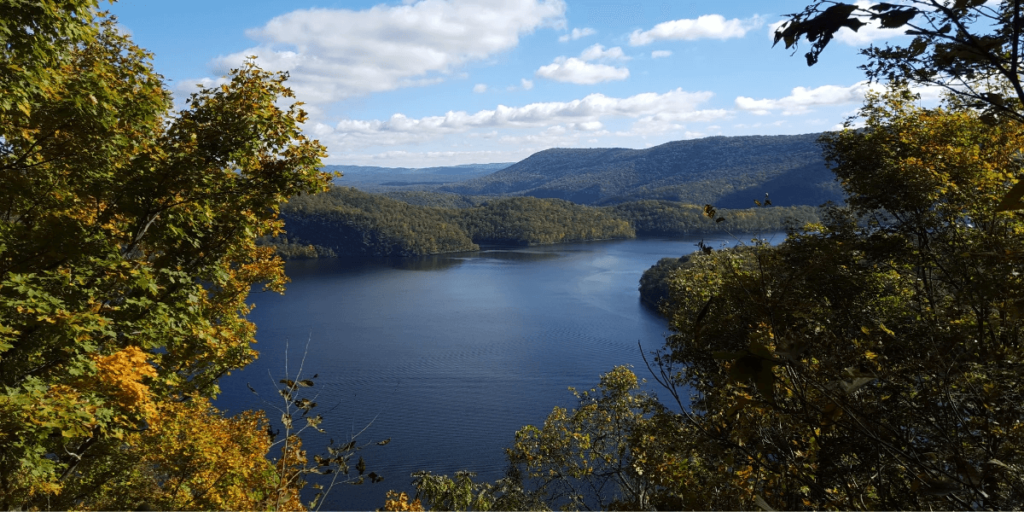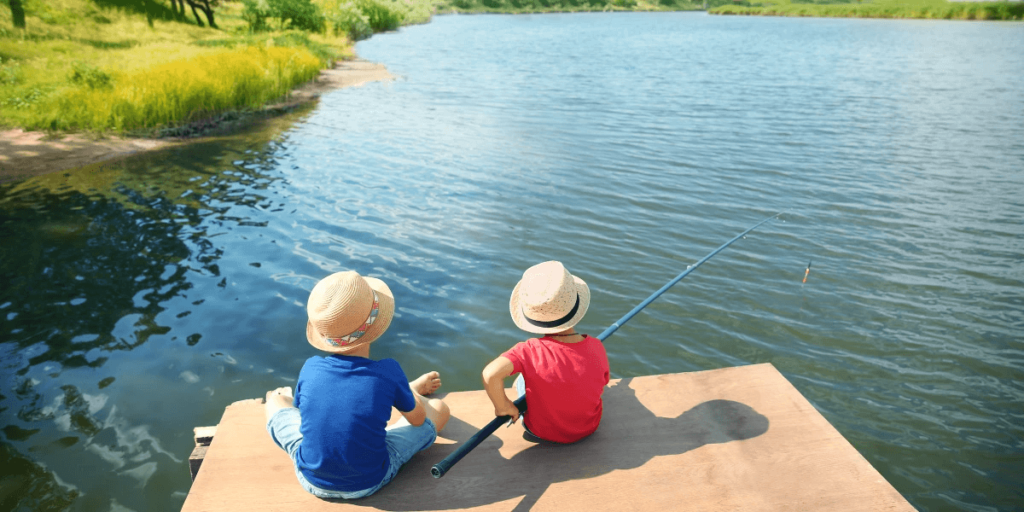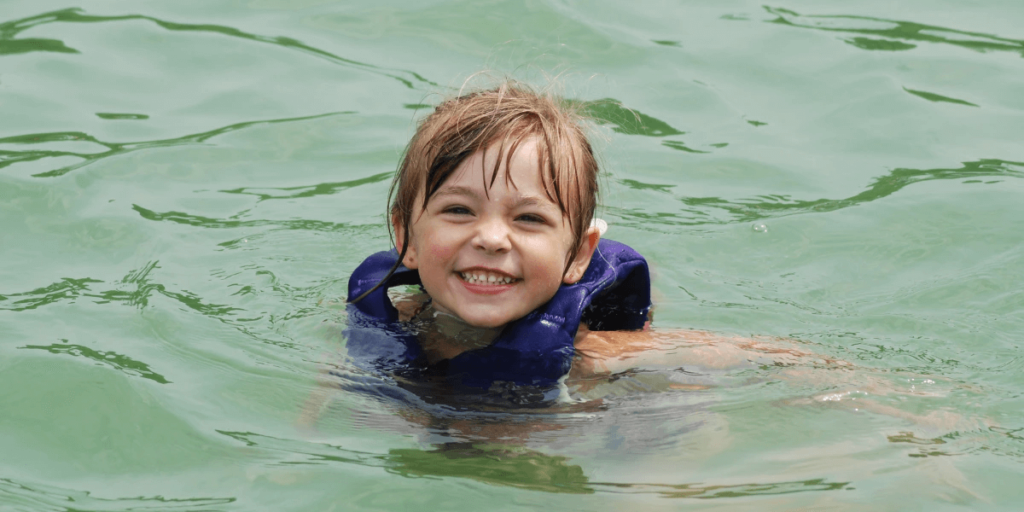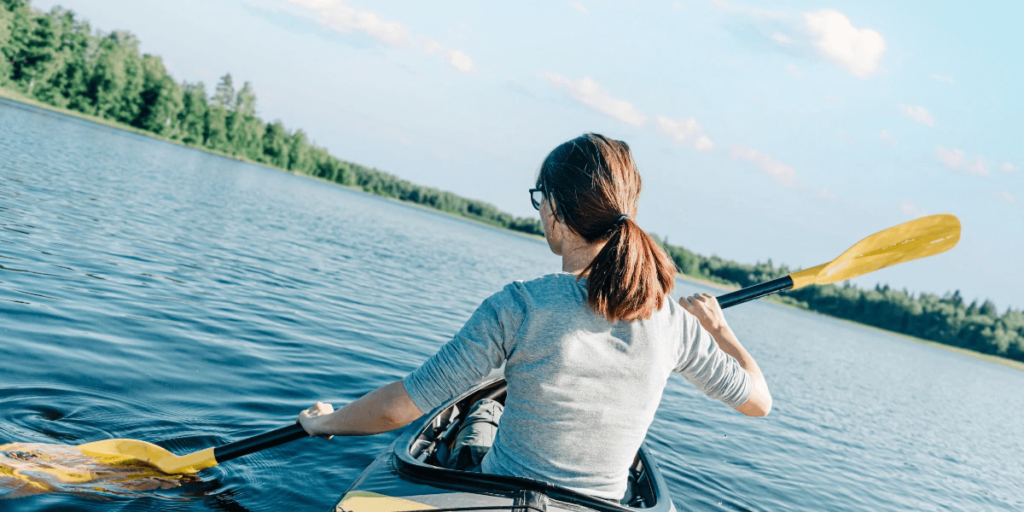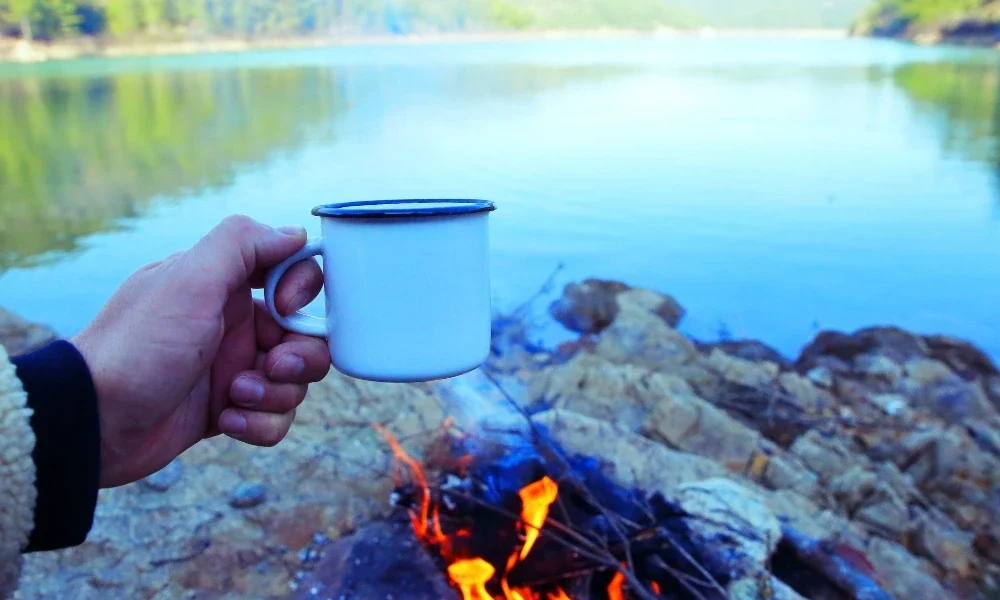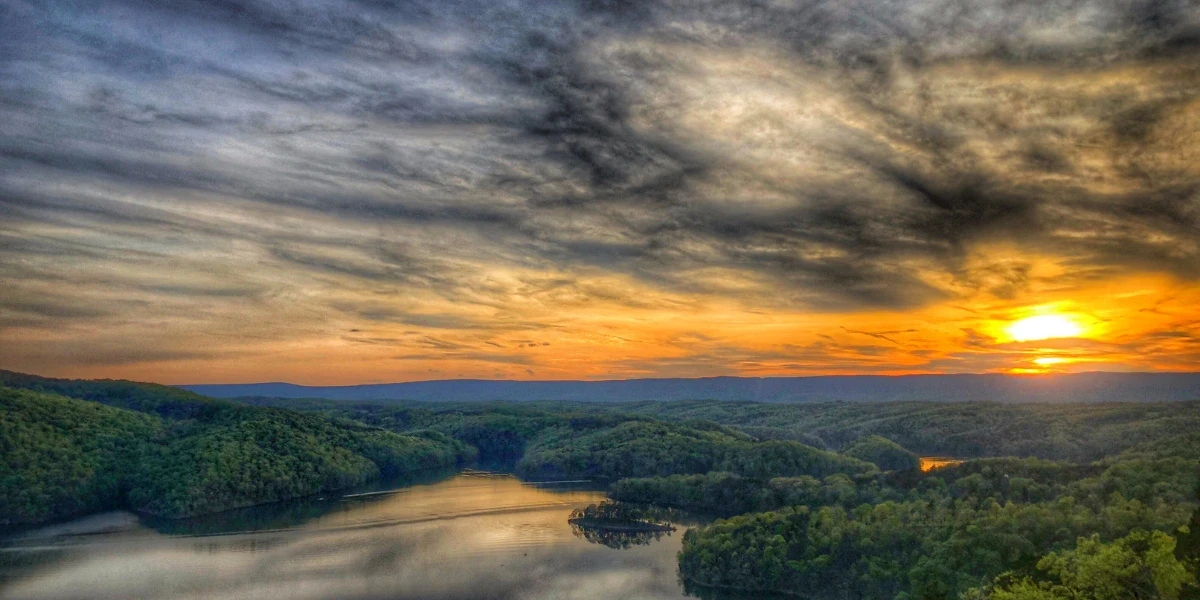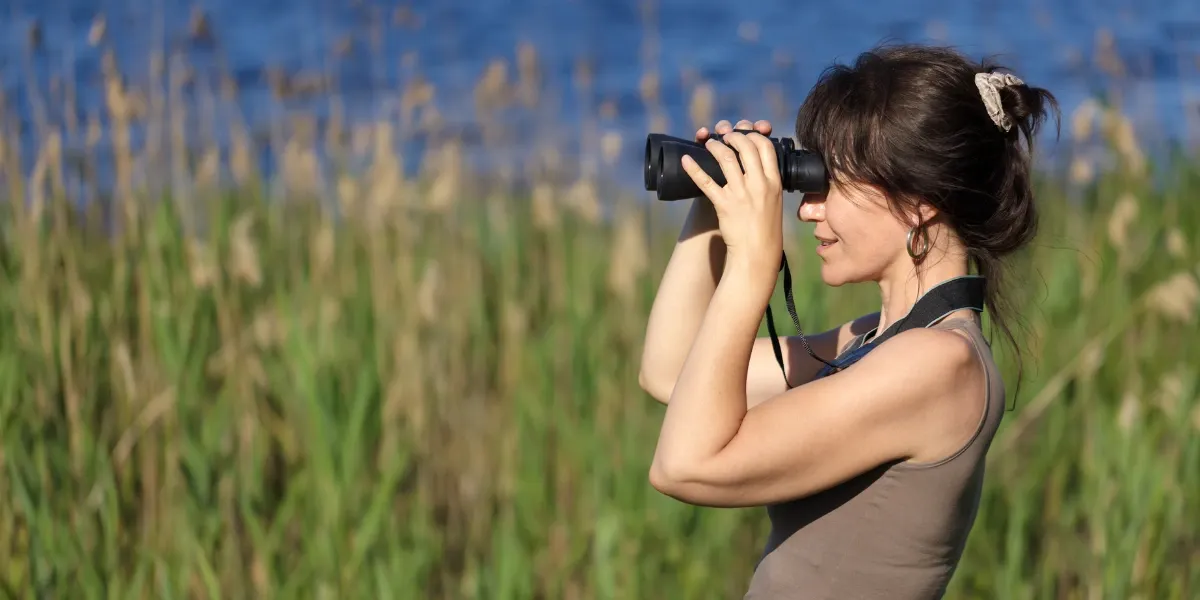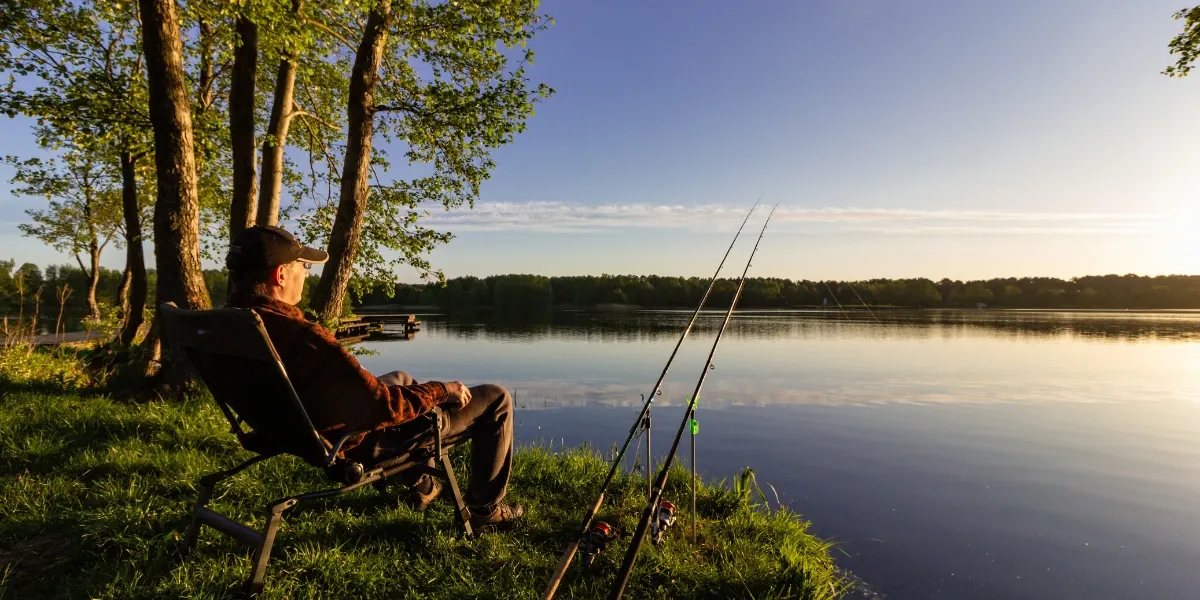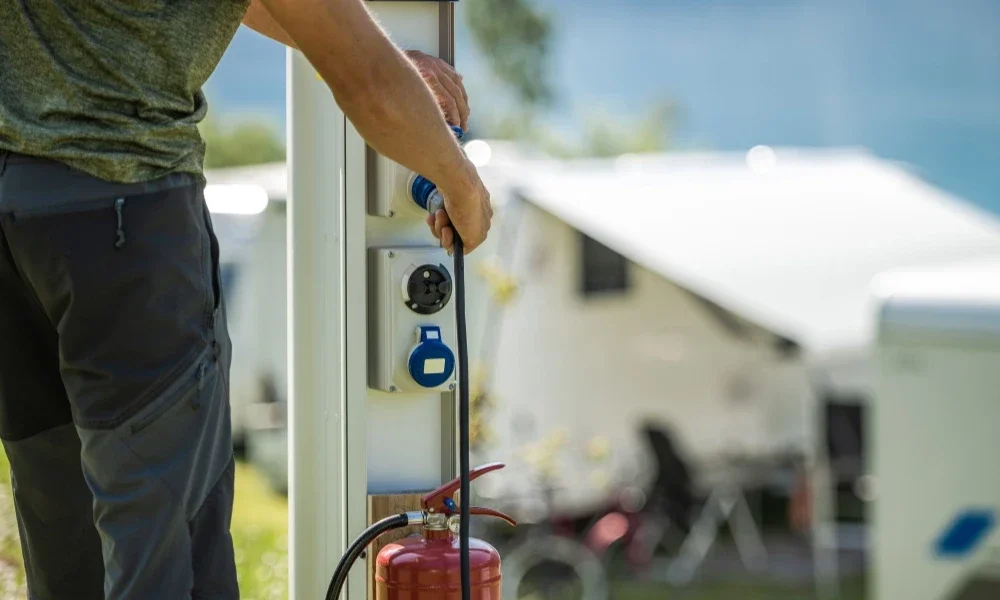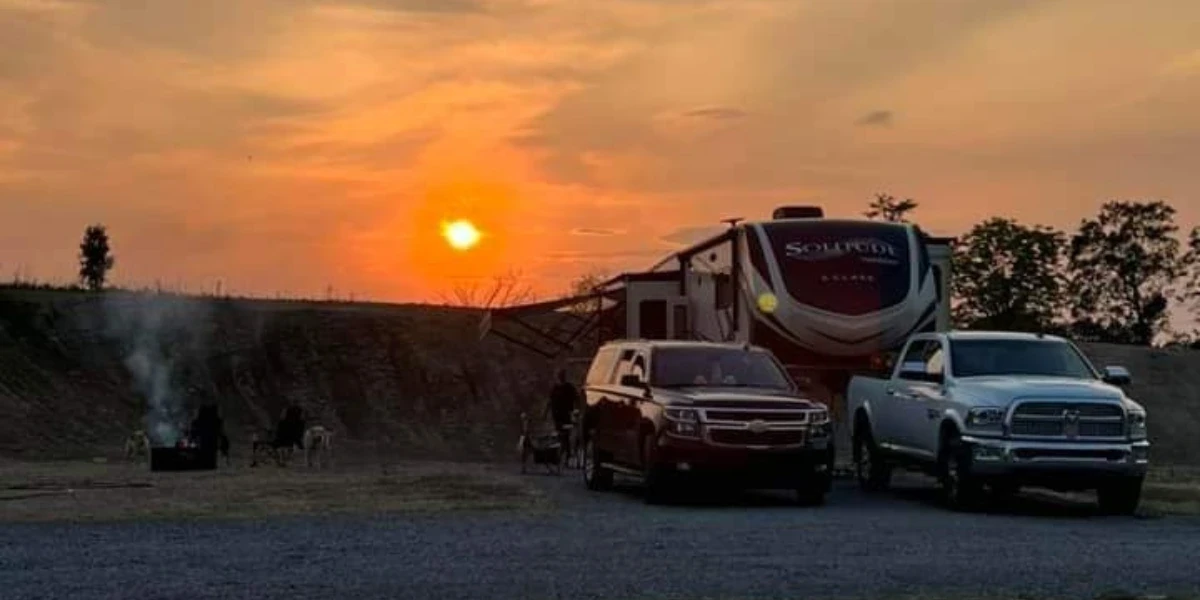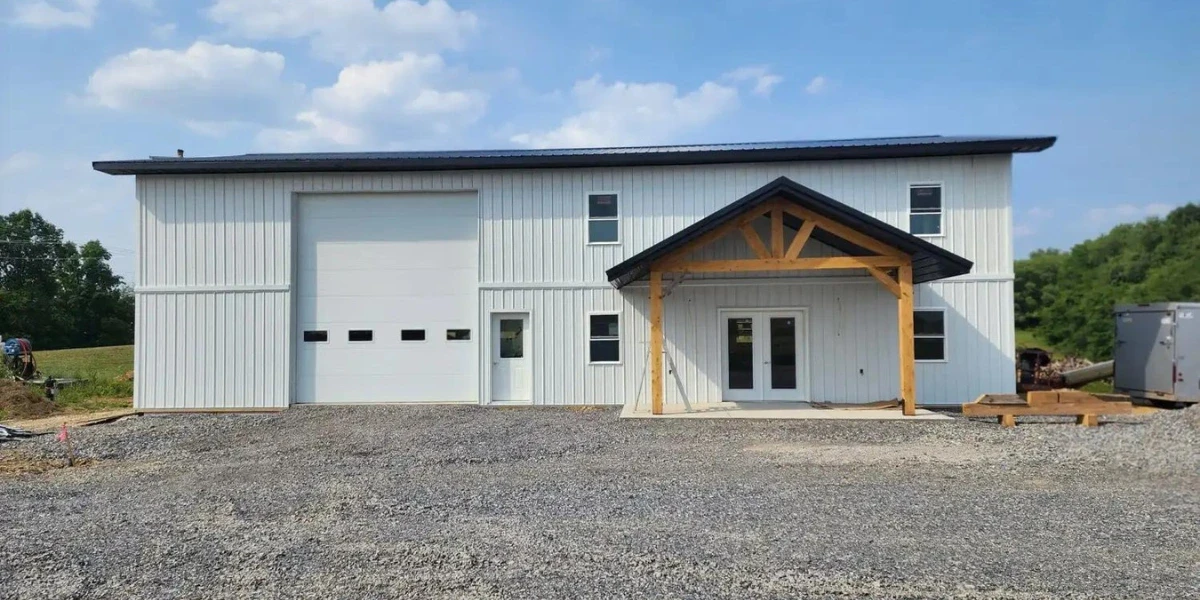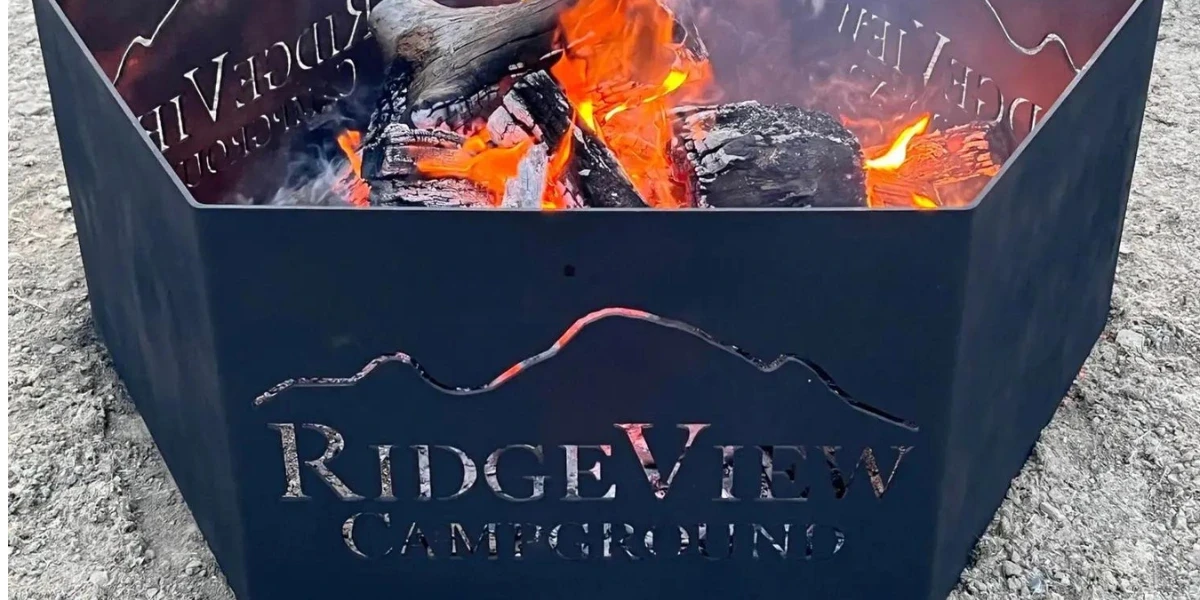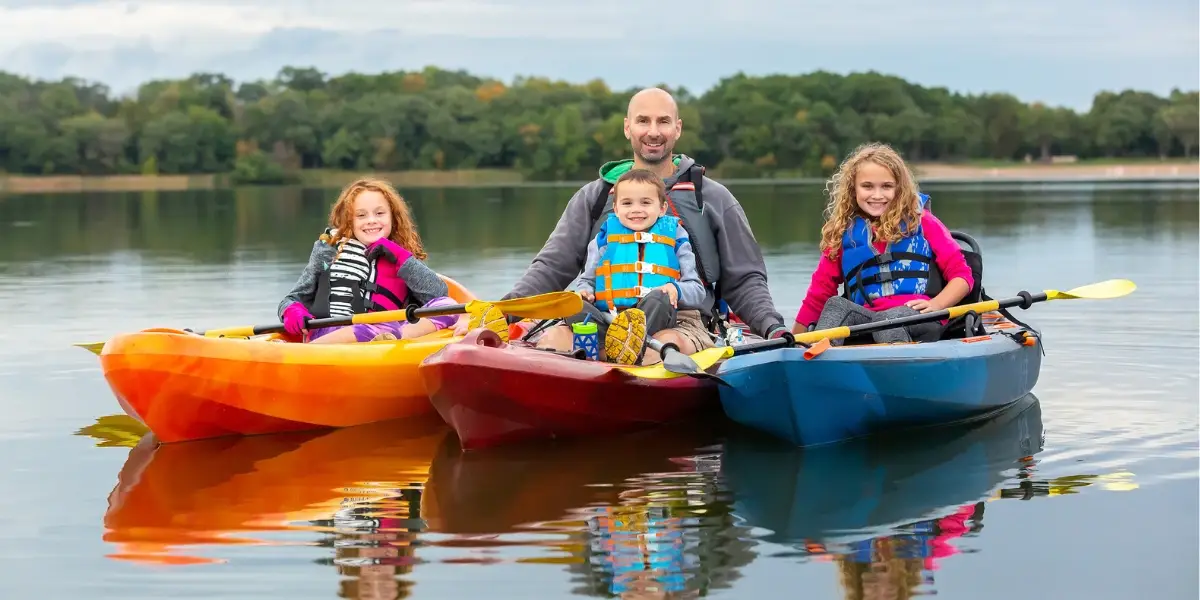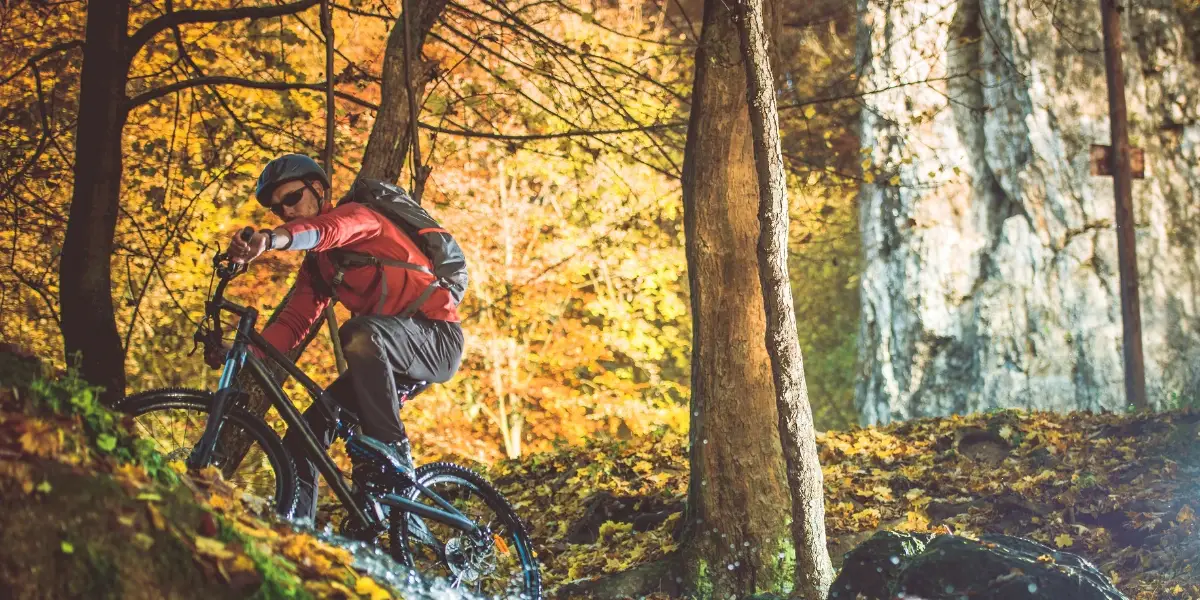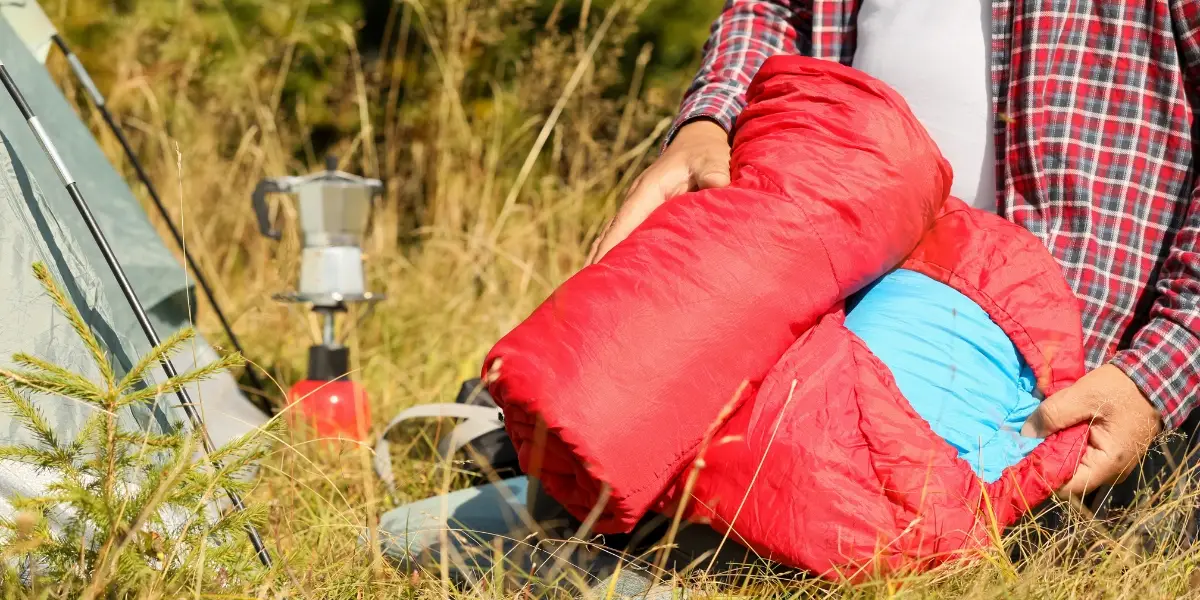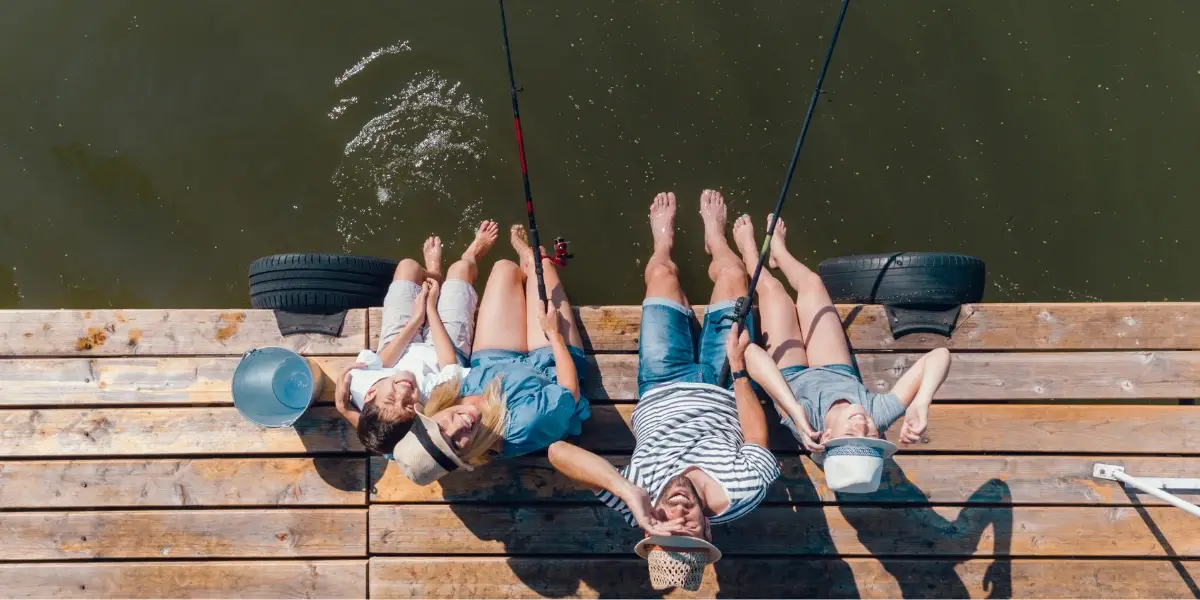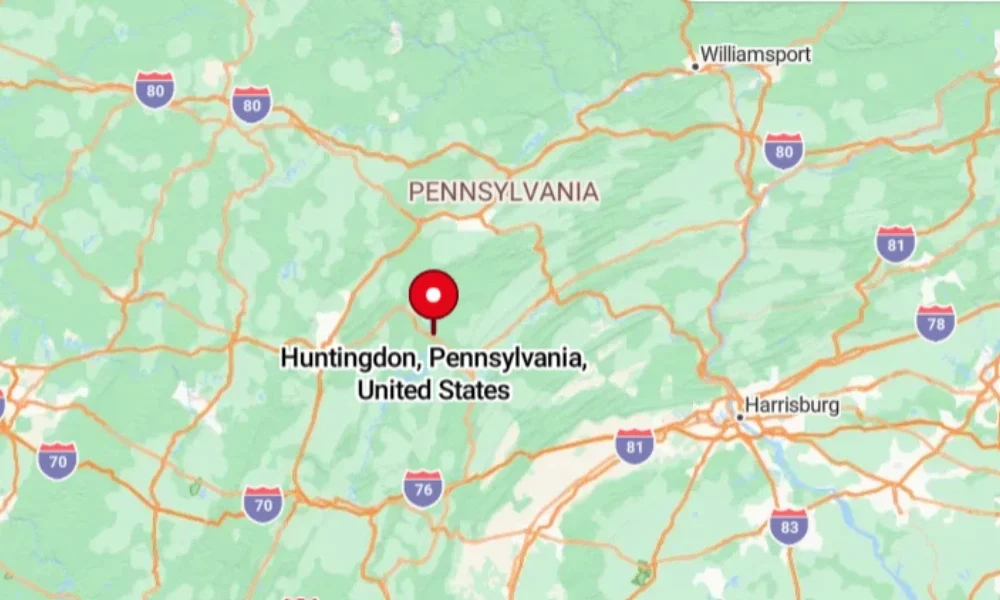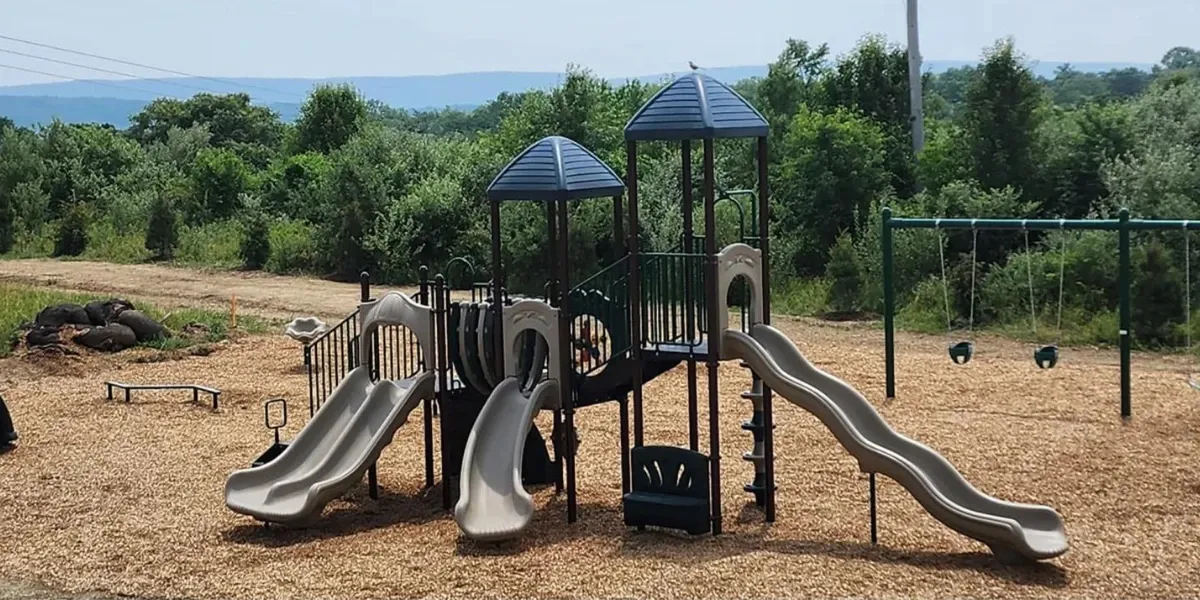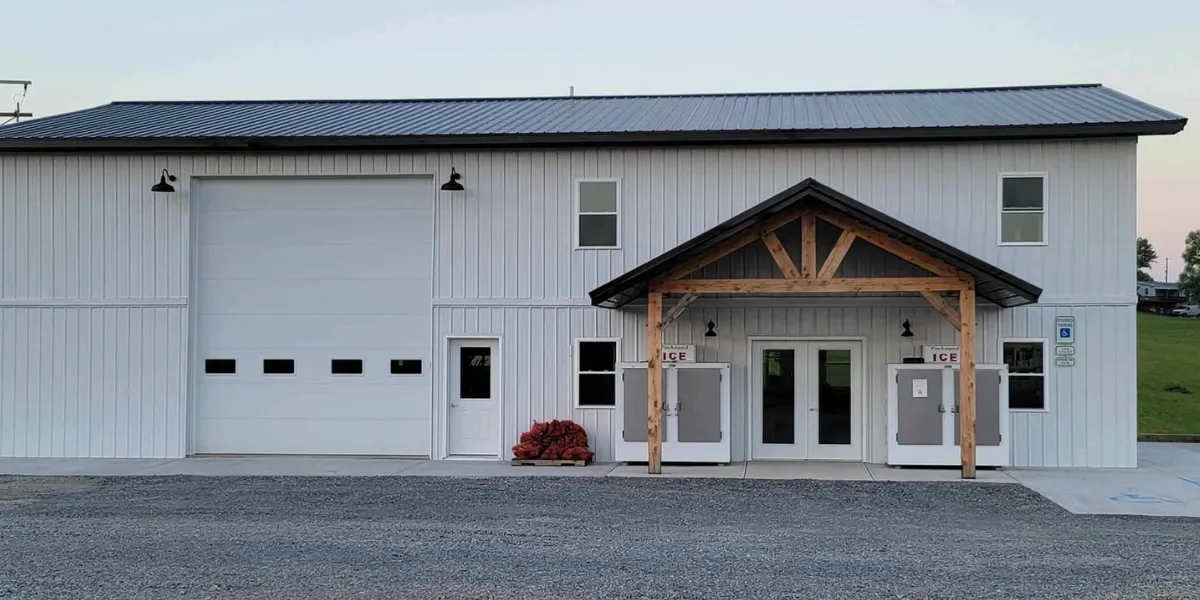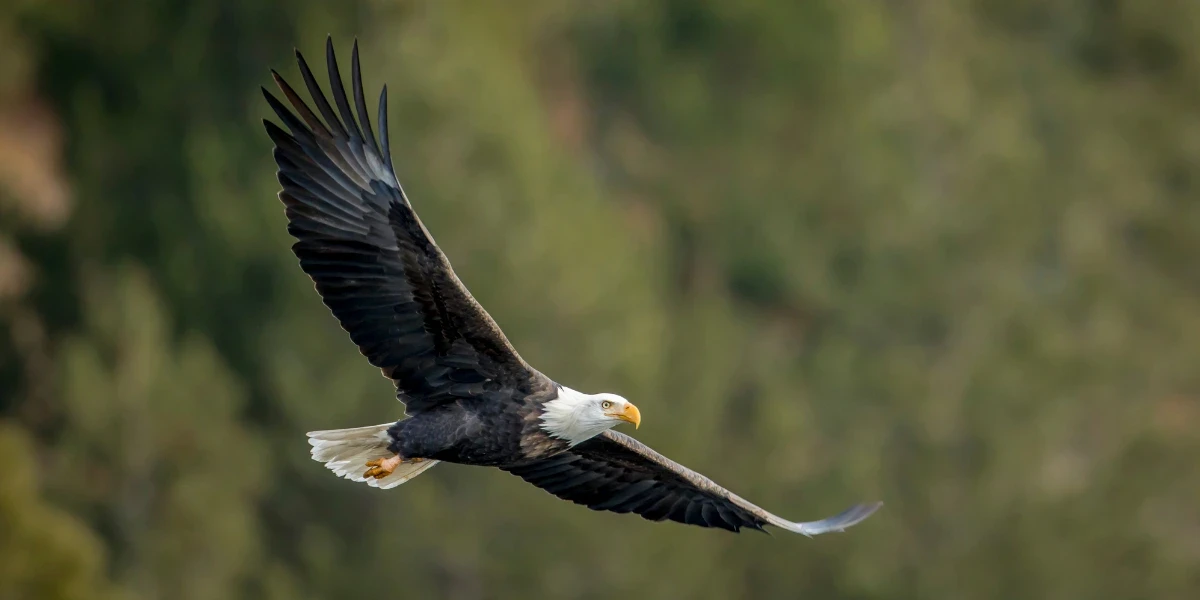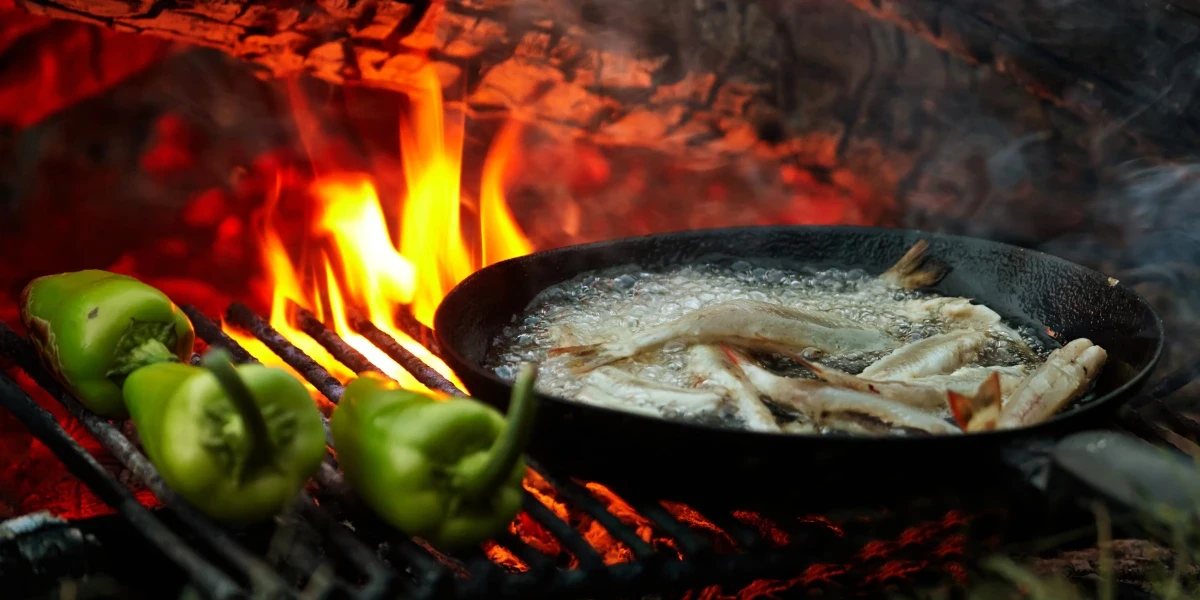Raystown Lake at Huntingdon County is a top spot for fishing in Pennsylvania, known for its clear water, stunning views, and a wide range of fish. This place is a dream for campers who are looking for a great place to stay and anglers looking to catch everything from striped bass to smallmouth bass and even lake trout.
The lake is open for fishing all year round, offering endless opportunities for both seasoned fishermen and those just looking to enjoy a day out on the water.
However, to make sure everyone has a good time and the fish keep biting, there are some specific Raystown Lake fishing regulations that you need to follow. These rules help keep the lake healthy and ensure that fishing here remains top-notch for everyone.
Key Takeaways
- Raystown Lake offers year-round fishing with specific regulations in place to ensure sustainable fishing and a healthy aquatic ecosystem.
- Anglers have the opportunity to catch a wide variety of fish species, supported by active stocking and conservation efforts, particularly for striped bass.
- Access to the lake is facilitated by numerous boat ramps and shore fishing spots, making it an ideal destination for both boat and shore anglers.
Regulations for Fishing at the Lake

Raystown Lake is home to more fish species identified than most lakes in the U.S., which makes it an angler’s paradise. There are no restrictions on boat horsepower here, but there are some rules regarding fishing.
Here’s a closer look at what you need to know before you cast your line.
Trout
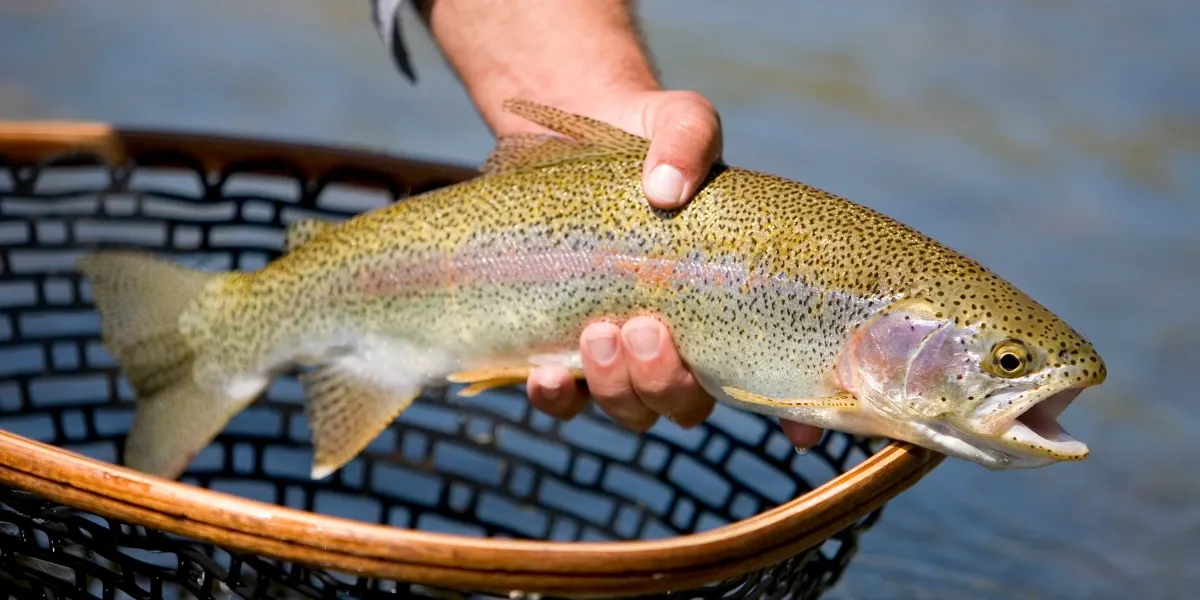
Trout season is all year, so you’re good to go anytime. But keep in mind, there’s a daily creel limit of 5 per day during the regular trout season.
After Labor Day until the opening day of the next regular season, this limit drops to 3 per day, with a minimum size of 7 inches. This ensures that the trout population remains robust and healthy.
This regulation covers the dam downstream up to Juniata River.
Smelt
Now, for something a bit different, let’s talk about smelt fishing. At Raystown Lake, you can catch smelt using a dip net, but only from the shore or by wading into the water. Your dip net can’t be bigger than 20 inches across, whether it’s round or square.
And while smelt might be small, they’re plentiful: the daily limit is 200 smelt or one gallon by volume, whichever gives you more. This unique rule highlights the lake’s commitment to sustainable fishing practices, ensuring that even smaller species are protected.
This regulation concerning smelt covers Raystown Lake and all tributaries.
Walleye
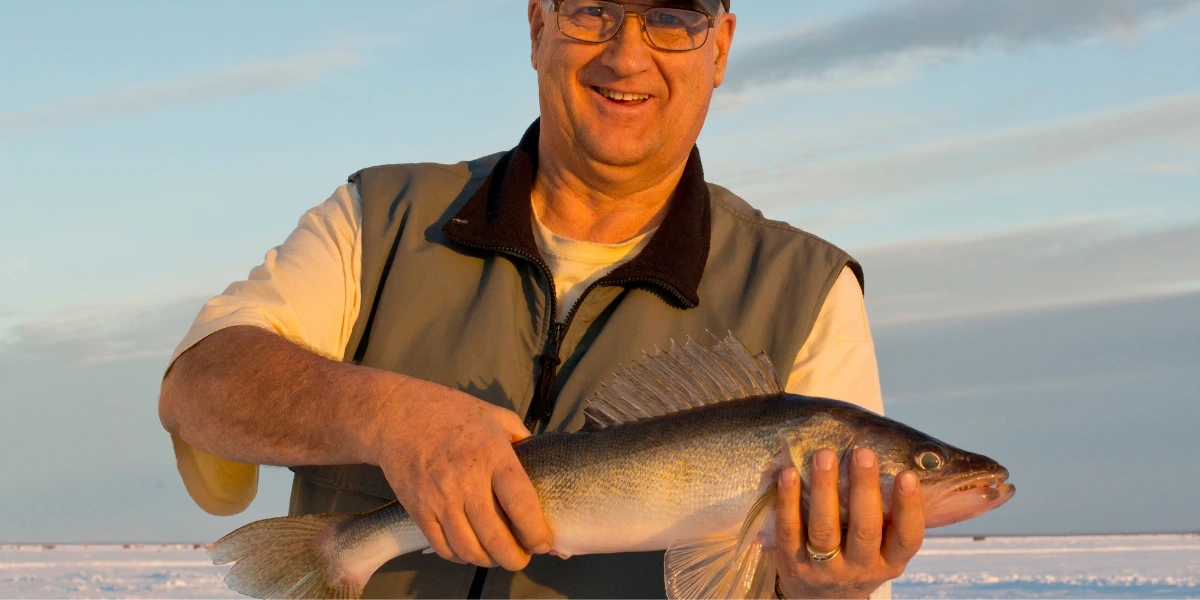
Walleye, another sought-after species in Raystown Lake, have a specific closed season from March 15 to May 5. This period protects the walleye during their spawning season to keep their numbers healthy for future generations of anglers.
Bass
For bass anglers, Raystown Lake imposes a catch-and-release-only season from April 8 through June 9. This regulation is designed to protect bass populations during their critical spawning period, ensuring that both largemouth and smallmouth bass can reproduce successfully.
This season also coincides with a prohibition on bass tournaments, making it an ideal time for recreational anglers to enjoy less crowded waters.
The practice of catch and release during this period not only supports conservation efforts but also allows the bass population to thrive, maintaining Raystown Lake as a top bass fishing destination.
Other Pennsylvania Waters and Their Fishing Regulations
When you are done fishing at Raystown Lake and would like to explore more of what Pennsylvania can offer in terms of fishing, here are some other places you can fish in that are situated in Huntingdon or its neighboring counties.
Whipple Lake: Whipple Lake, like Raystown Lake, is also situated in Huntingdon County. You won’t need to go too far.
Unlike many other bodies of water, Whipple Lake has a catch-and-release policy for all fish species except trout. This means if you’re fishing for anything other than trout, you need to immediately return your catch unharmed back into the lake.
Juniata River and its Tributaries (Blair, Huntingdon, Juniata, Mifflin, and Perry): The Juniata River and its tributaries offer anglers the opportunity to fish for Rock Bass with a daily creel limit of 10.
This rule applies year-round, and there’s no minimum size limit for the Rock Bass caught in these waters, providing a consistent fishing experience across the seasons.
Bald Eagle Creek: In Centre County’s section of Bald Eagle Creek, known as Keystone Select Stocked Trout Water, trout fishing is accessible year-round with specific rules to ensure sustainability.
From June 15 to Labor Day, anglers can keep up to three trout per day, each at least 9 inches long. Outside this period, from the day after Labor Day to June 14, trout must be released immediately.
All tackle types are allowed, catering to various fishing methods.
Other Pennsylvania water bodies
If you’d like to venture even further, here are some known fishing spots in the Keystone State and the restrictions in place for these areas:
Paden Creek, Linesville Creek, and the Shenango River nursery waters: These are closed to all fishing from March 1 through May 1 each year.
This closure includes Paden Creek up to Finley Bridge, from Linesville Creek up to Conrail Railroad bridge north of Linesville Creek, and a section of the Shenango River near the Pymatuning Lake Sanctuary Boundary.
Allegheny River: From the opening day of trout season at 8 a.m. through Labor Day, anglers must adhere to a 14-inch minimum size limit for trout, with a daily limit of two fish (combined species). Following Labor Day up to the next season’s opening day at 8 a.m., trout cannot be killed or possessed.

This regulation covers 8.75 miles from the Allegheny Reservoir’s outflow to the Conewango Creek confluence.
Youghiogheny River: The daily trout limit varies with the season, but fishing is open year-round; from the trout season’s opening day to Labor Day, anglers are allowed five trout per day. This limit changes to only three trout per day from the day after Labor Day until the opening day of the next trout season.
The regulation covers the waters stretching from the Casselman River downstream to the confluence with Ramcat Run and further from the PA Route 381 bridge at Ohiopyle to the river’s mouth.
Penns Creek: From the opening day of trout season to Labor Day, anglers can keep two trout per day, with a slot limit of 7 to less than 12 inches. Outside this period, trout must be immediately released.
This covers 7 miles from the confluence with Elk Creek downstream to a catch-and-release area situated 600 meters below Swift Run.
Lake Pleasant: Anglers must adhere to specific bait regulations: only “salted minnows” are permitted for use as bait, prohibiting the use of any dead or live fish for this purpose.
Additionally, it is illegal to introduce any fish into Lake Pleasant except for those caught during angling activities within the lake itself.
West Branch Delaware River: There’s an Artificial-Lures-Only season from October 16 to the start of the trout season. During this time, anglers are restricted to using artificial lures or flies made from metal, plastic, rubber, wood, or synthetic materials, suitable for use with both spinning and fly-fishing gear.
The creel limit for trout is zero.
This covers the entire area from the Pennsylvania/New York border to where it meets the East Branch.
Other Fish Species You Can Catch at Raystown Lake
Now, let’s go back to Raystown Lake. Since this lake is also a hotspot for a variety of fish species, you might want to know about some of the plentiful species you can reel in here, aside from trout, smelt, walleye, and bass.
Striped bass
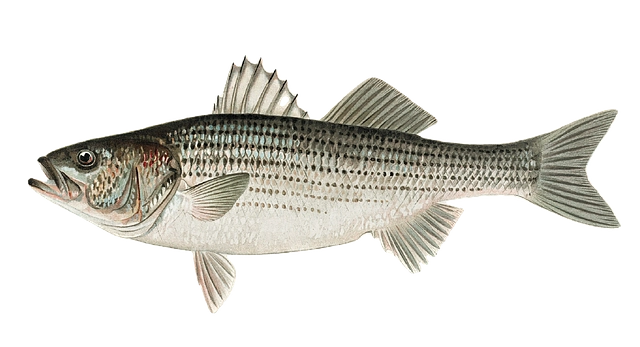
The highlight of Raystown Lake has to be its population of striped bass, including the landlocked variety. The PA Fish & Boat Commission actively stocks over 100,000 striped bass fingerlings annually, contributing to the lake’s reputation as one of the best places for striped bass fishing in the state.
The record catch here is a whopping 53-pound, 12-ounce striper. While natural reproduction is limited, the stocked stripers thrive, making the lake a premier destination for trophy hunters.
Muskies
Muskellunges (muskie) are also prized catches at Raystown Lake. The lake supports a healthy population of these species, thanks in part to stocking efforts.
While muskies can be elusive, anglers dedicated to the chase can find rewarding catches, with some fish reaching impressive sizes.
Other species
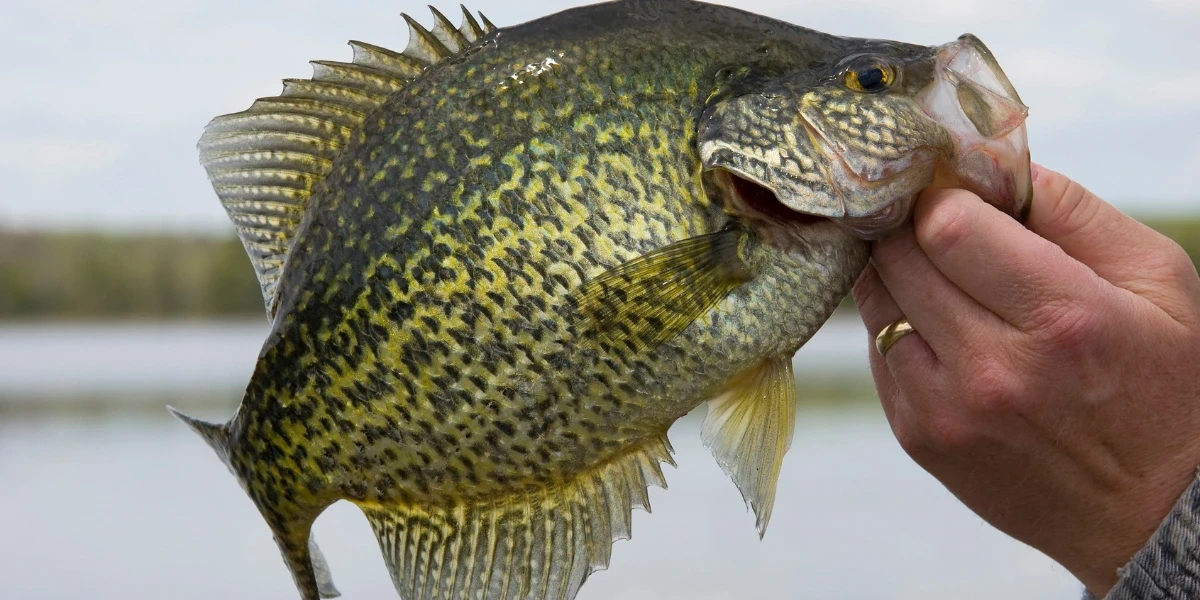
Beyond these, Raystown Lake is a habitat for many other species of fish. Here’s a list of some (because there are plenty!) you can find here:
- lake trout
- Small and largemouth bass
- channel catfish
- crappie
- a variety of panfish species
- yellow perch
- brown trout
- rainbow trout, and more
Each species adds to the lake’s appeal, providing anglers with a wide range of fishing challenges and opportunities.
Fishing Access Points Around Raystown Lake
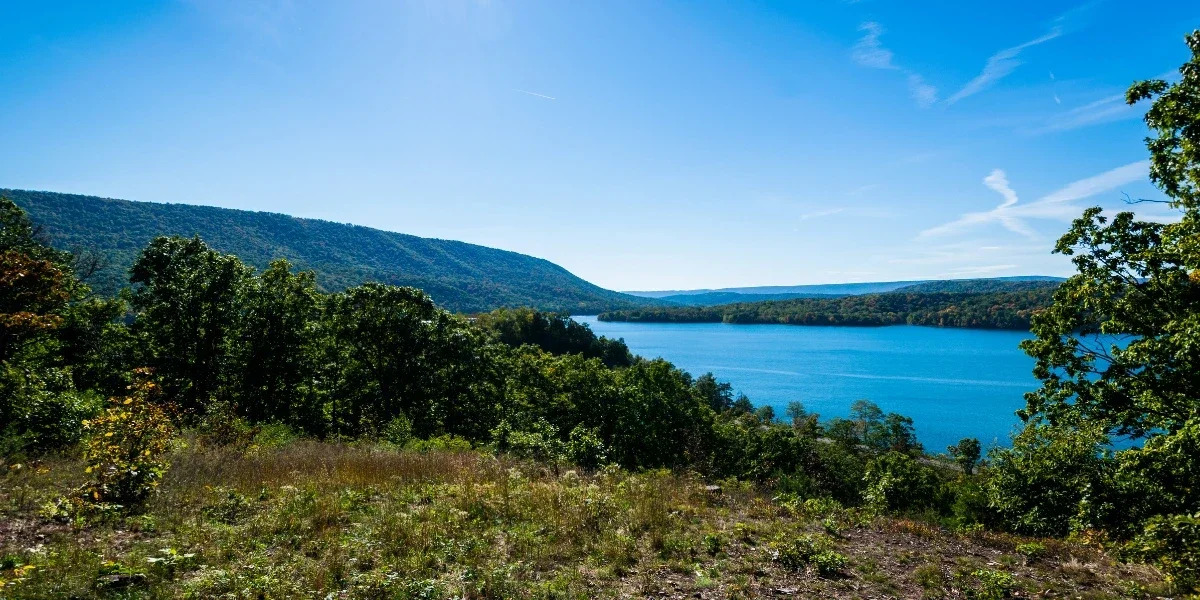
The lake offers numerous access points and boat ramps, making it easy to find the perfect spot for your fishing adventure.
Boat ramps and access points
Snyder’s Run: This northernmost launch on Raystown Lake is ideal for anglers looking to explore the dam area. It provides ample parking and modest bank access, making it a good choice for both boat and shore fishing.
Seven Points: Known for its developed recreation area, Seven Points offers not just boat launch facilities but also shore fishing access, a fishing pier, a swimming beach, and a picnic area. It’s a hub for anglers and families alike, providing a variety of fishing experiences.
James Creek: This boat launch area gives anglers access to the central parts of Raystown Lake, where many fish species can be found. It’s also close to some of the lake’s prime fishing spots, making it a popular choice for serious fishermen.
Tatman Run: With a two-lane launch ramp, parking, and courtesy docks, Tatman Run is another excellent entry point to the lake. It also offers quality bank fishing access for those without a boat.
Lake Raystown Resort & Marina: This facility not only allows for boat launching but also offers rentals if you don’t have your own. It’s a great starting point for exploring the wider lake.
Bank fishing opportunities
For those who prefer to fish from the shore, Raystown Lake doesn’t disappoint. Many of the boat launch areas also provide spots for bank fishing, giving everyone a chance to enjoy the lake’s rich fishing opportunities.
Areas like the Aitch Boat Launch offer fishing piers, which are especially good for families and those new to fishing.
Find Your Fishing Home Base at Ridgeview Campground
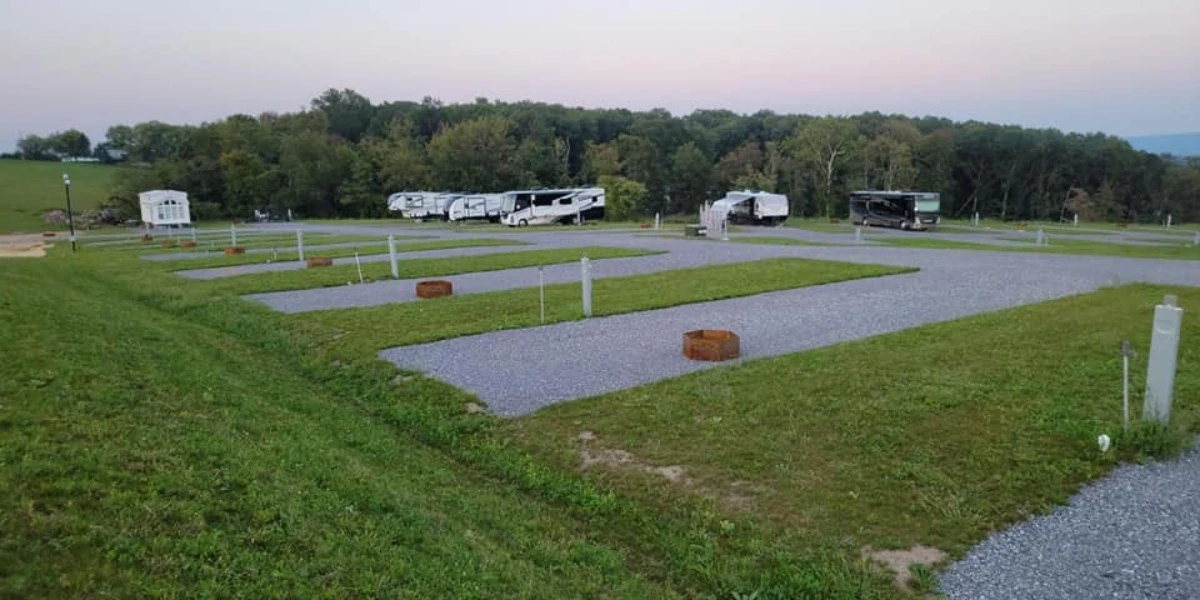
After a day of fishing at Raystown Lake, you need a comfortable place to stay to rest your head. Opting for a campground near these prime fishing locations offers not just convenience but an immersive outdoor experience.
You can start your fishing at the crack of dawn or even indulge in some night fishing without worrying about long drives back to your accommodation.
Ridgeview Campground offers just that—a serene, welcoming base for the avid angler looking for their next adventure.
Our campground comes with options for both RV enthusiasts and tent campers, along with essential amenities and boat storage solutions, so your stay is as comfortable as it is exciting. It is located in the heart of all the action, just minutes away from marinas and all the attractions that Raystown Lake has to offer.
Book your spot now at Ridgeview Campground and anchor your fishing getaway in a place designed for anglers and families alike. You can also drop us a message for any concerns.
Frequently Asked Questions
Can you fish at Raystown Lake?
Yes, Raystown Lake is open season year-round for fishing.
What is the limit on Raystown Lake Creel?
The creel limit varies by species. For trout, it’s five per day during the regular season and 3 per day from the day after Labor Day until the opening day of the next regular season, with a minimum size of 7 inches.
Is there a horsepower limit on Raystown Lake?
No, there are no restrictions on boat horsepower on Raystown Lake.
What is the biggest fish caught in Raystown Lake?
The record is a 53-pound, 12-ounce striped bass, showcasing Raystown Lake as a premier destination for trophy fishing.





